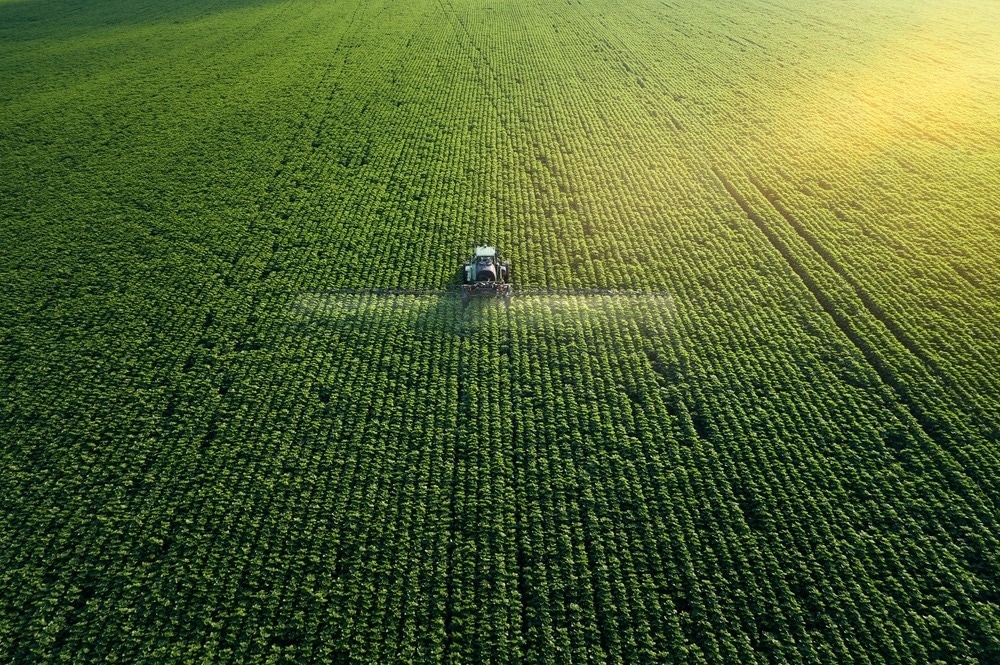Synthetic biology is a rapidly evolving technology that first emerged in the 21st century. It combines various fields of science and technology, including biotechnology, automation, information technology, and manufacturing. Synthetic biology has been extensively applied in medicine, the environment, and agriculture.
Can synthetic biology save the planet?
What is Synthetic Biology?
Synthetic biology involves designing and constructing novel artificial biological pathways and organisms or devices. Scientists associated with synthetic biology focus on finding solutions for important problems related to energy, health, materials, and the environment. The rapid development of synthetic biology has led to the third biotechnological revolution since the discovery of the helical structure of DNA and the Human Genome Project.
The combination of genetic engineering and synthetic biology has tremendously helped to understand the mechanisms behind the biological functions of complex organisms. Many companies globally have heavily invested in synthetic biology research, particularly research on synthesizing useful chemicals using whole cells.
Synthetic Biology Revolution
Medicine
Synthetic biology has created a variety of novel diagnostics and therapeutic approaches. For instance, synthetic biology enabled its synthesis from yeast instead of the Chinese sweet wormwood plant in the development of antimalarial treatment artemisinin. This technology has significantly helped stabilize the cost of treatment worldwide. Developing biosensors for rapid, accurate, and on-site detection of sugar levels and other biomolecules also helped with constant health monitoring.
The discovery of CRISPR/Cas, a novel gene editor, has enabled the precise editing of sequence-specific genes. This technique is used to develop various genetic disease models and determine therapies for human genetic diseases.
The development of therapeutic antibodies via a conventional system requires immunization of rabbits or mice and, subsequently, isolating antibodies from sera. Another strategy involves harvesting antibodies from convalescent patients. These are time-consuming approaches. Synthetic biology can rapidly synthesize the genes related to the production of antibodies. This technique enables the development of synthetic human antibody libraries containing thousands of different antibodies, from which researchers can identify the optimal therapeutic molecules using advanced computational tools. This process assists in the rapid production of therapeutic antibodies for the treatment of a specific disease.
Another contribution of synthetic biology is the automation of antibody production, i.e., from the production of new antibodies to their characterization by assessing high-throughput affinity and functional testing. This approach has also reduced the developmental cost of therapeutic antibodies.
In 2016, synthetic biology led to the discovery of a novel immune cell engineering treatment, which enhanced the remission rate of terminally ill blood cancer patients by 50%. This technique was also found to be effective for patients with advanced breast cancer. A new type of tumor-attacking oncolytic virus has been developed, which can track and kill tumor cells in the brain.
Environment
Biomonitoring is another area that has extensively evolved due to advancements in synthetic biology. Researchers have designed tiny, sensitive, and specific biosensors to detect an enormous rate of molecules, including hydrocarbon pollutants and heavy metals contaminants. These biosensors can also detect antibiotics.
The rapid accumulation of plastics in land and water has massively affected the environment, especially marine creatures. An increased rate of production and demand and decreased recycling rate are major contributing factors associated with plastic accumulation.
Scientists from different parts of the world are continuously working on formulating new solutions to reduce the problems of plastic pollution. For instance, researchers from the United States and the United Kingdom have developed a novel plastic-eating enzyme, PETase. This enzyme can readily dissolve different types of plastics. Even though this strategy is not suitable on industrial scales, this technology can be used to convert plastic waste into components that can be effectively recycled. Synthetic biology offers ways to accelerate this process. For instance, customizable clonal genes can help laboratories to screen thousands of enzyme variants to select the best for breaking down plastics.

Image Credit: KarlosWest/Shutterstock.com
Agriculture
Synthetic biology is also used in agricultural applications. For instance, genetic technology has helped enhance crop and livestock yields substantially. It has also significantly reduced the utilization of chemical pesticides and fertilizers. Genetically engineered plants exhibit superior photosynthetic performance, nitrogen fixation, and efficient absorption of water and nutrients from the soil.
Synthetic biology has enabled the production of crops with high concentrations of important nutrients. Additionally, the development of pest-resistant crops via genetic engineering has reduced agricultural loss due to pathogenic infestations. Genetically improved plants are resistant to floods and famine and prevent soil erosion.
Synthetic Biology: The Continuing Technology Revolution
DNA is the world's most ancient data-storing system, which can store enormous amounts of information without using much energy. Although DNA data storing is not a purely synthetic biology-related approach, it has presented an enormous opportunity to increase sustainability. Currently, all computing companies require a significantly larger amount of energy for data storage. Researchers strategized that data repositories can be developed where data can be indefinitely stored in test tubes of DNA.
Scientists believe the application of synthetic biology can also prevent the problems associated with drug resistance. For instance, engineered phages could be used to kill antibiotic-resistant pathogens.
Although advancements in synthetic biology, particularly in the genetic engineering of organisms, have caused tremendous medical, environmental, and agricultural breakthroughs, they have also increased potential global risks, such as biosecurity, biosafety, and cyber bio-security. To prevent and eliminate these risks, the United Nations, European Union, and many Asian countries have formulated guidelines and laws that are adhered to by scientists all over the world.
Sources:
- Li, aj. et al. (2021) Advances in Synthetic Biology and Biosafety Governance. Frontiers in Bioengineering and Biotechnology. https://doi.org/10.3389/fbioe.2021.598087
- The synthetic biology revolution is now – here's what that means. (2018). The Conversation. [Online] Available at: https://theconversation.com/the-synthetic-biology-revolution-is-now-heres-what-that-means-102399
- Peccoud, J. (2016) Synthetic Biology : fostering the cyber-biological revolution. Synthetic Biology. DOI: 10.1093/synbio/ysw001.
- Gronvall, G.K. (2015) US Competitiveness in Synthetic Biology. Health Security. 13(6), pp.378-89. doi: 10.1089/hs.2015.0046.
- Gardner, T.S. and Hawkins, K. (2013) Synthetic biology: evolution or revolution? A co-founder's perspective. Current Opinion in Chemical Biology. 17(6), pp. 871-877. doi: 10.1016/j.cbpa.2013.09.013.
Further Reading
Last Updated: Nov 28, 2022